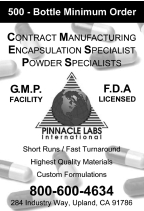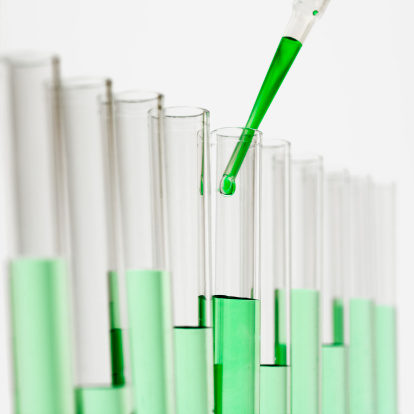The U.S. Pharmacopeial Convention (USP) announced it is updating its Food Chemicals Codex with new methods for certain natural food and supplement ingredients.
With regard to this update James Griffiths, Ph.D., USP’s vice president of food, dietary supplement and excipient standards, told WholeFoods it was “natural for us to be interested from a public health perspective in developing ingredient standards and methods to ascertain those standards so that there are good-quality products on the market.” Standards are intended to ensure purity, quality and authenticity.
Griffiths says about 1,100 food ingredients are currently in the Food Chemicals Codex and 600 ingredients in the dietary supplements compendium; new standards and methods are regularly added. The newest updates, which came at the request of industry stakeholders, include standards and testing methods for arachidonic acid (ARA, fungal derived, as an infant formula ingredient), monk fruit extract, krill oil and two cyclamates (non-caloric sweeteners). “This is in response to the community. We do this very regularly,” he says. “We publish the Food Chemicals Codex every other year.”
USP Director of Food Standards, Markus Lipp, Ph.D., explains how the standards can offer certainty that ingredients were made naturally. “It’s based on organic materials,” he states. “It’s based on the principle of isotope analysis. Isotopes are different forms of the same atom, but they differ in weight…So, one can measure the weight difference.” He says that one can determine whether something was made synthetically or was extracted from a plant by measuring the ratio of certain naturally occurring isotopes.
The new methods are now available for review and public comments (closing March 31, 2011) at the FCC Forum, which is accessible at www.usp.org/fcc/fccForum.html.
Published in WholeFoods Magazine, March 2011 (online 1/25/11)









